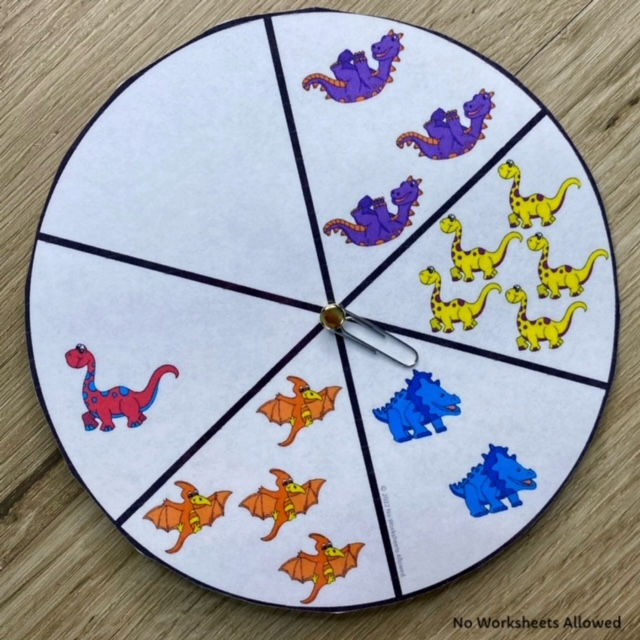Subitising in maths: what on earth is that?
- No Worksheets Allowed
- Mar 25, 2022
- 3 min read
Updated: Jan 13
Subitising in Maths Explained
Subitising is recognising small numbers of things without actually having to count them. For example, when you roll a dice you recognise that there are four dots without counting them. Subitising can help children understand what numbers are and help them to partition and develop number sense. In the early years (preschool and Reception), children look at small groups of objects, how many fingers are being held up or the dots on dice to help them develop this skill. Our brains can only easily subitise numbers up to five and children are expected to learn to do this by the end of their Reception year at school. If your child is starting school soon, you might find this Guide to Starting School useful.

Subitising Activities for Early Years (EYFS)
Board Games

Board games with dice are an ideal way to introduce subitising. The more that your child plays them, the more used to automatically recognising each amount on the dice they will be! Board games are also fun and help children to learn that all-important skill of turn-taking!
Objects/Manipulatives

In your maths subitising lessons, use a range of objects (or manipulatives), such as counters, blocks or beads. Lay them out in different arrangements so that children are aware that 4 blocks are always 4 blocks, even when they are arranged differently. Show children that the same amount might be represented in a line, a tower, a circle or a random arrangement.
Flashcards

Hold up a flashcard and ask your child how many objects they can see without counting. You might want to provide the corresponding number on the back so your child can turn the card over to check their answer. You could also play a snap or pairs game using cards showing up to five pictures. You can get a free copy of these dinosaur flashcards here!
Fingers

Fingers are a free and 'to hand' resource for teaching subitising! They also come in useful for adding and subtracting and learning number bonds to ten! Using fingers in maths, particularly in the early years, should always be encouraged! Children could work in pairs to practise their subitising. They can take turns to hold up a certain number of fingers for their partner to subitise!
Spinners
Spinners with dots or pictures provide an alternative to dice - good for mixing things up a bit! Children could spin them and then make that many jumps along a track, clap or hop that many times. Give each child or pair of children a spinner so that they don't have to wait their turn for too long!
Dominoes
Teach your child how to play the game of dominoes, whilst also teaching them to subitise! You could use these large floor dominoes to use indoors or outdoors. This will encourage movement and develop those gross motor skills too.
Five/Ten Frames

Five frames and ten frames are an easy way to represent numbers. They are also a good introduction to subitising, as they provide a simple way to visualise a small number, compared to a random arrangement of objects. You might want to draw a five-frame using chalk outside and place natural objects on it.
Clip Cards
Clip cards are a great way to work on subitising – whilst also working on fine motor strength! Children should say the amount shown on the card and then clip the peg to the correct numeral. This is a great way for them to learn what each numeral looks like. Also, children absolutely love any activity involving pegs!
To sum it up, subitising is a great skill that helps children to become maths superstars! By getting good at subitising, they'll be building a strong foundation for understanding numbers and becoming confident mathematicians!
This printable subitising pack is an engaging resource designed to help children master the skill of subitising in a fun and interactive way. The pack includes a variety of flashcards, clip cards, posters and activities that encourage children to recognise small quantities without counting. With bright illustrations and diverse resources, the pack caters to different learning styles, ensuring that children can practice subitising at their own pace!
This preschool activity book contains some fantastic subitising activities and is perfect for children about to start school! It is designed to foster a love of learning while helping children develop essential skills in maths, literacy, pencil control and cutting. Each page has fun activities that capture young learners' attention, making concepts like counting, letter recognition and shapes enjoyable and accessible. Children will practice their pencil grip, improve their fine motor skills with cutting tasks and explore foundational maths and literacy skills with interactive activities and puzzles.
Selected images from Pixabay








Comments